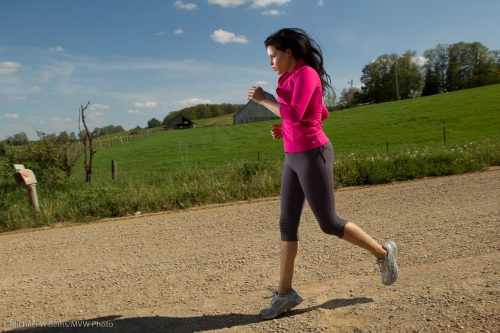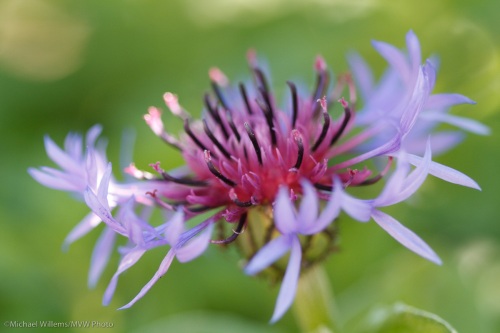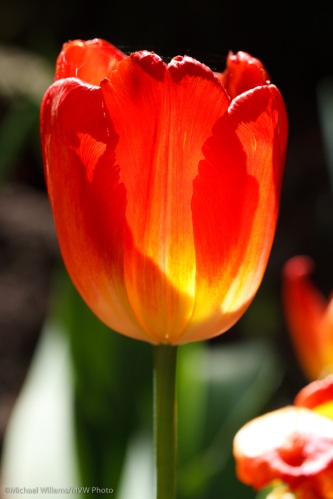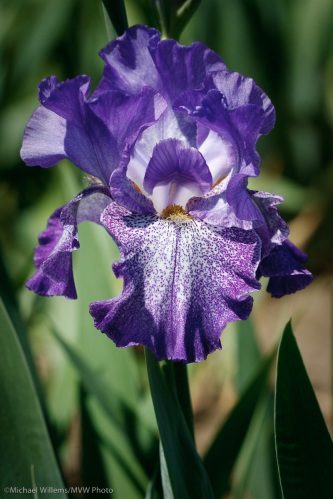A reader asked me this:
I just wanted to follow up further and ask you how I could ‘get my foot in the door’ i.e. find a job as an assistant, or at a studio, etc. to learn about the business of photography?
That is a great question, and one that is on many people’s minds. Photography is a passion, and making your job out of a passion, if you can do it, is rewarding.
So the first piece of advice: go for it. The business is very tough, and is evolving, and few are making money so do not expect this to be easy. But if you want to do it, pursue it. Most would say “Don’t. Keep your day job“; I say this instead: “Go for it, but do it slowly so you can eat in the mean time“.
So in that mean time, what do you do?
Start with the learning. Both informal (read all articles on this blog!) and formal (course-based) training. Henry’s school of Imaging does great beginners courses and in a few hours you learn so much, you’ll wonder “why didn’t I do this earlier”. Start there. You need to do this before you can be hired by anyone, so it’s where you start.
Shoot every day. Grow your skills by doing. Daily.
Network. Join a camera club. Hang out with other would-be pros. Get to know the pros. Talk to them. Have your work reviewed.
Participate in interactive web forums, such as photo.net and other forums where pros hang around.
Once you know some pros, offer them help. I often use emerging photographers to give me some help. When I have a shoot that does not warrant a paid assistant, I can get it done with an unpaid assistant, where I train the assistant. That way it is like a little practical course, and I offer value to the assistant that way in return forhis or her time. Everyone wins.
Build a portfolio. You need nice pictures to show: they take time to take, so start building.
Get to know people in your chosen niche. If you want to shoot for local papers, contact your local paper’s photo editors. All the papers, even Snap! who use volunteers.
Do some jobs for friends. Once you trust your skills, shoot some jobs for friends. For free or for little money. Not weddings (a wedding pro is the most skilled of photographers), but family portraits, parties (tough to shoot!), and so on.
Volunteer for organizations. Organizations that have no money to hire pros: like your church, or the Salvation Army, or Amnesty International, or any local charities. You weill build your skills, make people happy with your work, and build up experience and a portfolio.
It’s a business, so start business planning. As you start perfecting your skills, start planning the business. Begin to design a web site. As you learn, decide what types of photography you really want to specialize in. Print business cards. Do not overspend. Make a budget. Discuss with your accountant. In your plan, do not expect riches, expect to work 7 days a week, but do also monetize factors like being your own boss (“what is it worth to you, being able to get up when you like?”).
Once you start with all these, you will find that two things will happen:
- As you learn, you will see more clearly what you like (even whether you like it – it is OK to change your mind).
- Opportunities in your chosen direction will slowly start to present themselves.
And that is when you can decide whether to build a part-time business, a retirement business decades down the road, or a small business right now.












